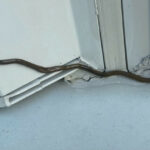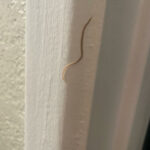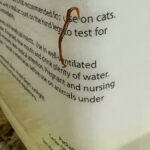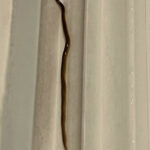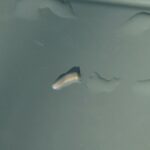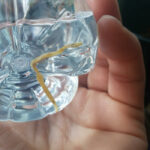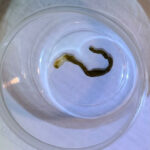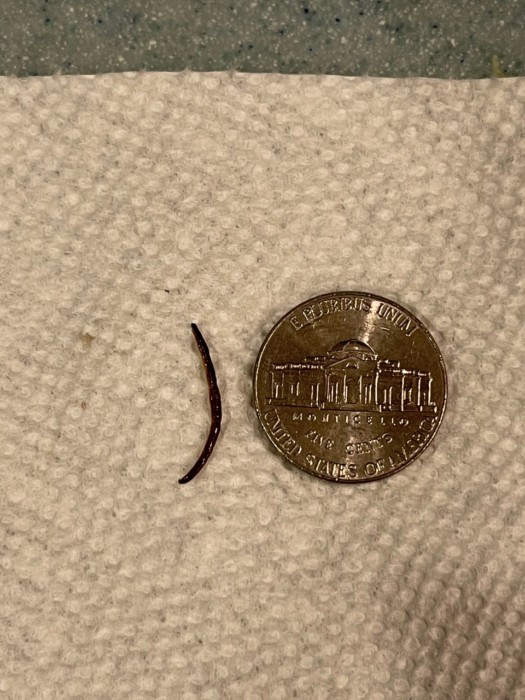
“What kind of worm is this?” is all this reader writes in his submission. Fortunately, our reader did send in more than one photo, which does provide some context so far as a photo of a worm is able to. But it is actually this second photo, which sees the worm flipped on its back, that tells us the identity of this worm. Now, for a worm to even have a backside, it needs to have a body which is not tubular like an earthworm’s. And when the underside is a different color than the top, this tells us one more thing: this is probably a flatworm.
Flatworms are amazing creatures. We have covered them plenty of times, but we never get tired of it, because the things they can do are nothing short of incredible. Firstly, we want to warn our reader to not make physical contact with the worm. Flatworms are not dangerous to humans or pets, per se, but they can do minor harm by causing allergic reactions. This usually occurs when one touches one of the fluids that flatworms can secrete. A lot of flatworm species, at all the terrestrial ones, are able to secrete two different kinds of toxins which they use on their prey (snails, insect larvae, and other worms): one paralyses them, and the other liquefies them. Yes, you read that right. Once the prey is liquefied, the flatworm can quite literally drink their prey using a straw-like appendage that comes out of their head.
In addition to this, flatworms are usually both sexual and asexual creatures, meaning they can reproduce by themselves, or with a sexual partner. And if they do choose to mate with a partner, they can choose from any flatworm of their species they please, and this is because flatworms are also hermaphrodites: they possess both male and female genitalia. A fun, but rather NSFW fact about flatworms is that their mating ritual often includes what is called ‘penis fencing’. The two flatworms will compete as to who gets to inseminate the other, though it is often the case that they both inseminate each other, which is called bilateral insemination.
To conclude, we think that the worm our reader found is a flatworm. They are nothing to be feared, as they are often on the move looking for prey to eat, and could not care less about bothering humans, but we do advise that he does not touch the flatworm. We hope this article proves interesting, and we wish our reader the very best!
All About Worms is always free, always reader-supported. Your tips via CashApp, Venmo, or Paypal are appreciated! Receipts will come from ISIPP Publishing.
You might also find these guys interesting!





